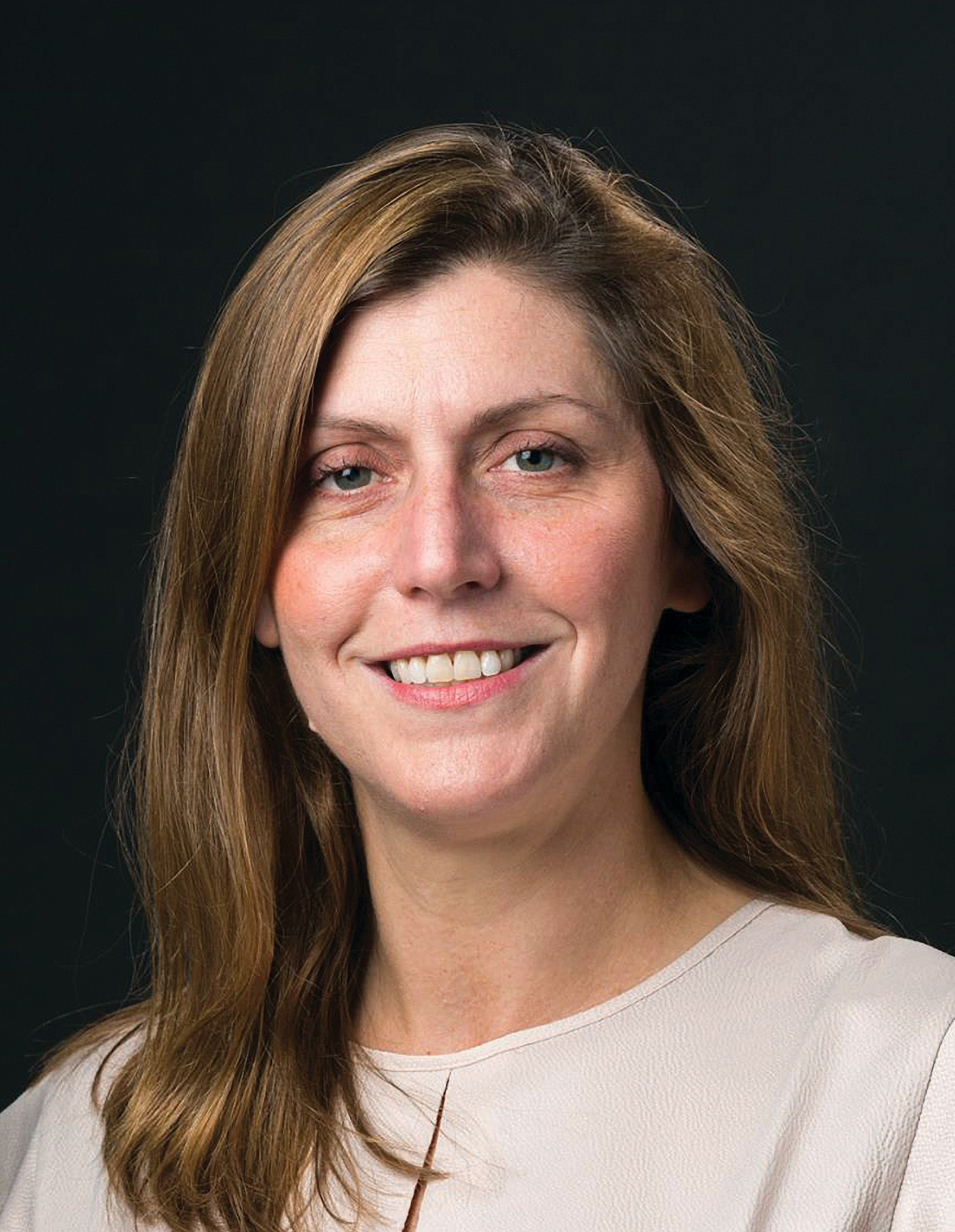One of the most important life-saving tools for someone experiencing a stroke, just might be a microscope. New research shows how the body responds on a cellular level during a common form of stroke, and how that response differs by age and in women and men.
This work may be the first step toward developing a first-of-its kind therapy for the second most common type of stroke, called an intracerebral hemorrhage (ICH), which occurs when a blood vessel in the brain ruptures.
“Early in my medical training, I saw how many patients we were admitting to the hospital with ICH for whom we could primarily offer supportive care.” It was that realization as a medical student that led Lauren Sansing, MD, the Academic Chief of Stroke and Vascular Neurology at Yale Medical School, to focus her research on treatment options for intracerebral hemorrhage. “By the time I finished my neurology rotation, it was pretty clear I had a fire in my belly to learn more about this disease,” Dr. Sansing said.
In a study funded by Women’s Health Research at Yale, Dr. Sansing set out to find the role age and sex differences play, if any, in this type of brain injury. Previous studies have shown that women experience more severe symptoms than men in response to ICH, yet little is known about how the basic biological response of brain cells and the immune system differ in women and men when a vessel ruptures.
According to Dr. Sansing, “The main point of this study was to try and figure out, are there age and sex differences that can change the way key brain cells respond that make them either more helpful or more harmful?”
Her lab research focused on two types of cells: microglia and macrophages. Microglia are only found in the brain, while macrophages are found throughout the body. Both are essential in cleaning up damaged cells, including red blood cells from the bleed, and both can trigger an immune response designed to protect the body from disease.
“The first hypothesis [is] that perhaps older patients have worse outcomes because there is an enhanced inflammatory response with age,” Dr. Sansing explained. In fact, her study found, as the brain ages, the number of macrophages responding to a hemorrhage increase, and these cells secrete more chemokines, a protein that recruits greater inflammation in the brain.
However, this response does not change solely with age. Following up on her second hypothesis, that there are differences by sex, Dr. Sansing’s research found that women can experience a greater immune response than men, and the sex difference in inflammatory response increases with age. In particular this response is from interferons – proteins also part of the immune system that the body uses to combat infections.
This could pave the way for the first clinical trial studying effects based on sex.
Dr. Lauren Sansing
As Dr. Sansing explains, the presence of these interferons may be significant, especially for women. “They are also associated with conditions, such as mood disorders and depression. It causes me to wonder whether the specific interferon dependent response may make older women more susceptible to post-stroke depression and other cognitive challenges after brain injury.”
So, where does this research lead us in the treatment of ICH?
“The first goal in terms of translating this is to test therapies that block these sex dependent responses and see whether they improve outcomes in the model system. If I block the interferon response in aged females, does that actually make the aged females recover better or is this a bystander response and the real cause of disability is in a different pathway?” she theorized. Such a study could pave the way for the first clinical trial studying differential effects based on sex.
Dr. Sansing’s study illustrates that sex differences occur at the molecular level and need to be understood. Moreover, as Dr. Sansing explains, it could be an important moment for the way researchers and drug makers approach biological diversity in clinical trials. “[I] wonder if some [therapies] have failed in clinical trials because we overlooked the biological differences found in age and sex, and certain therapies may need to be age and sex specific.”

